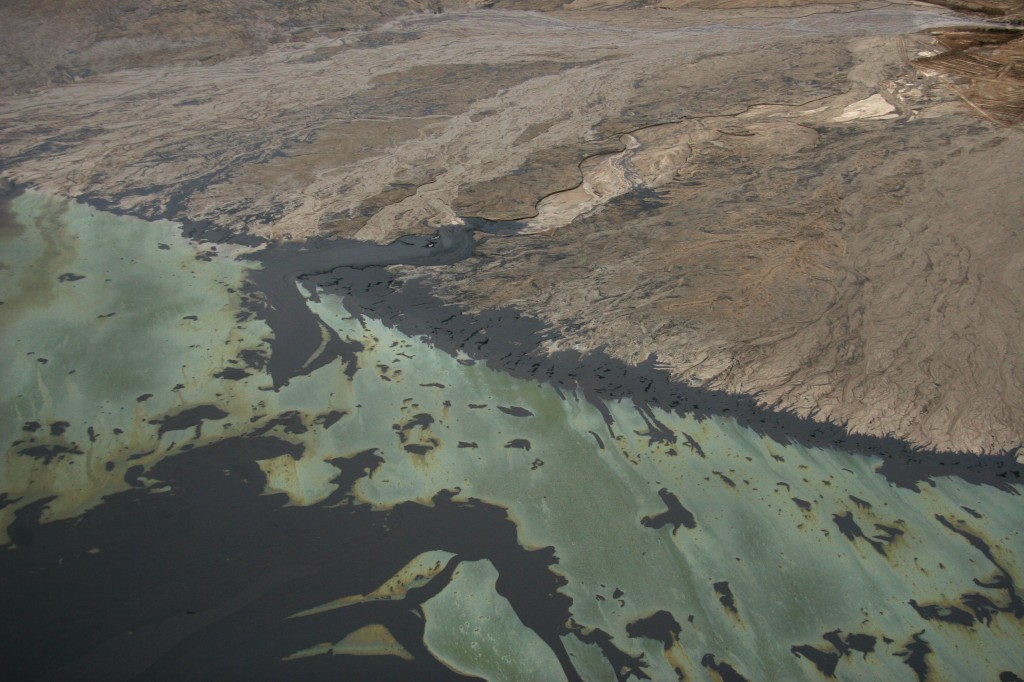My Hiroshima Day started yesterday Pacific Daylight Time (more about yesterday later in this post). Or did it start 21 days ago on July 16? That day was the 65th anniversary of the first-ever detonation of an atomic bomb.
In the intervening weeks leading up to the anniversaries of the dropping of atomic bombs on civilian targets at Hiroshima and Nagasaki, Japan, I’ve been reading American Prometheus, the Robert Oppenheimer (Oppie) biography. It contains the story of the development of the bomb and what was going on in the intervening days back then.
The authors Bird and Sherwin worked on the book for decades, meticulously researching the complexities of Oppie’s life and times.
What I learned from their account is as the scientists completed their work, under conditions of military secrecy and pressure, the original reasons for racing to develop the bomb were, in some senses, evaporating. Germany under Hitler, rightly considered a major threat, was crumbling and had not succeeded in developing its own atomic bomb.
Japan had attacked the US, but with the easy hindsight of history, it’s questionable, whether or not, by August 6, 1945, Japan would have surrendered anyway. Even General Groves, the leader of the Manhattan Project (code-name of the secret, military project to develop atomic weapons during World War II), acknowledged this. I, we naturally feel sadness at the loss of so many lives.
As difficult as it is, I try to avoid mixing judgment systems across times. I don’t believe we can ever really understand all of the forces, belief systems, assumptions and drives operating in a time gone by. Today’s world zeitgeist is truly its own and that of August 1945 distinct from now.
Yet, we can choose to look and learn from the events of 1945, so we don’t unwittingly repeat wrong and so we can learn to respond beneficially to the increasing responsibilities humans have on our planet now.
Bird and Sherwin highlight Oppenheimer’s responses to the success of the test on July 16 as well as his responses to the actual use of the bomb. Once it was clear Germany was failing, Oppie began to lobby for openness with the Russians to prevent a future arms race.
A new documentary and social action campaign Countdown to Zero (2010) offers citizens all over the world information, inspiration and tools to help humanity move toward this goal. I’m waiting for the Canadian release to watch it myself.
The authors also document the responses of all of the scientists working at the Los Alamos site of the Manhattan Project. At first they were elated. Then sobered, terrified, proud and even some, distraught. At some points, they tried to stop the government from using the bomb. Many scientists continued to push for openness with Russia.
Since July 16, in between chapters of American Prometheus, I’ve been watching movies about our nuclear/technological legacy. First some classics: Atomic Cafe, Radio Bikini and Naqoyqatsi (Life as War).
Yesterday as the Japanese people, in their time zone, were already commemorating the loss of lives and the destruction of Hiroshima by a single atomic bomb, I watched Petropolis (2008).
This brilliantly simple forty-five minute film begins with aerials views of lush, green, healthy forests and continues with vistas of the roiling, turbid, colorless expanse of the Alberta Tar Sands project. To me, it looked liked planet cancer and clearly illustrated why human and animal cancers are on the rise. Interviews (in the extras on the DVD), with local citizens, Greenpeace and technical experts, amplified this interpretation.

Ninety-percent of the water used to process bitumen is dumped in giant, toxic lakes called tailings ponds. Photo: © Greenpeace / Eamon Mac Mahon
The movie is silent, punctuated only by a cautionary tale. It took 45 years for one man to invent a process to refine oil-rich bitumen out of the Alberta Tar Sands. As this man was himself dying of cancer, witnessing the devastating impact of his invention, he told his son he couldn’t face it. How eerily similar was his response to that of the account of the scientists’ reactions to their success at developing the atomic bomb.
Three weeks ago, I was invited to a commemoration of the 65th anniversary of Trinity (first atomic bomb test) to witness, listen and to speak. The people I met, of the communities surrounding the Trinity test site, represent the first downwinders. Now, today, we are beginning to realize: we are all downwinders. Whether we live near Trinity, survived Hiroshima, or live by the Alberta Tar Sands, cancers are on the rise. And so is awareness.
The Associated Press, in a full report of the day in Hiroshima, excerpted here, reports:
Friday, Aug. 6, 2010 | 4:56 a.m.
A U.S. representative participated for the first time Friday in Japan’s annual commemoration of the American atomic bombing of Hiroshima, in a 65th anniversary event that organizers hope will bolster global efforts toward nuclear disarmament…
Mayor Tadatoshi Akiba is also hoping that President Barack Obama will visit Hiroshima, an idea that Obama has said he would like to consider but that would be highly controversial and unprecedented for a sitting U.S. president.
“We need to communicate to every corner of the globe the intense yearning of the survivors for the abolition of nuclear weapons,” Akiba told the 55,000 people at the ceremony.
Akiba called on the Japanese government to take a leadership role in nuclear disarmament toward “turning a new page in human history.” …



 Twitter
Twitter
2 Responses to Hiroshima, Petropolis and Trinity